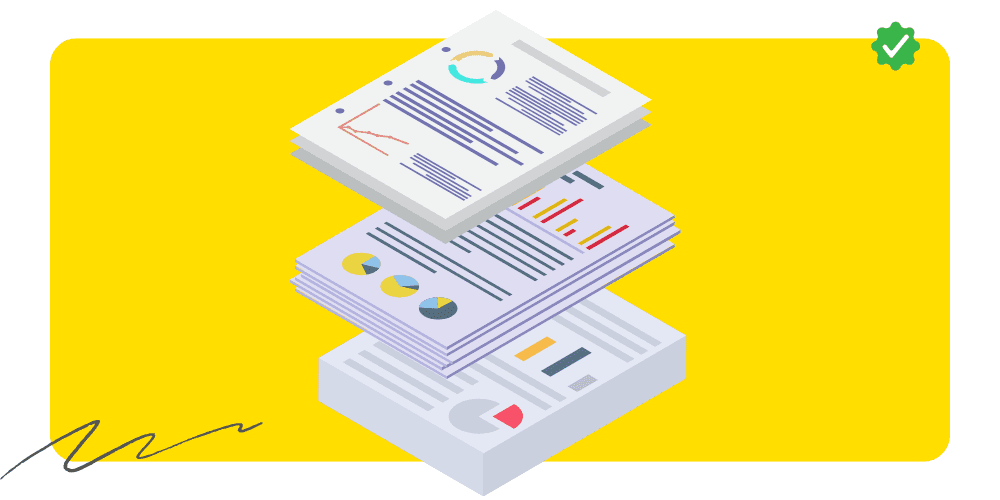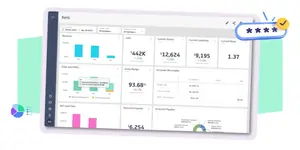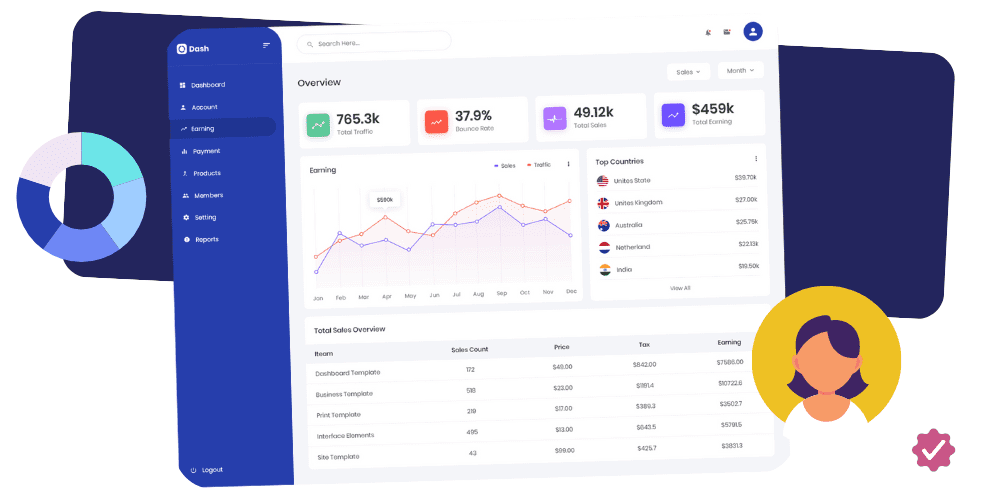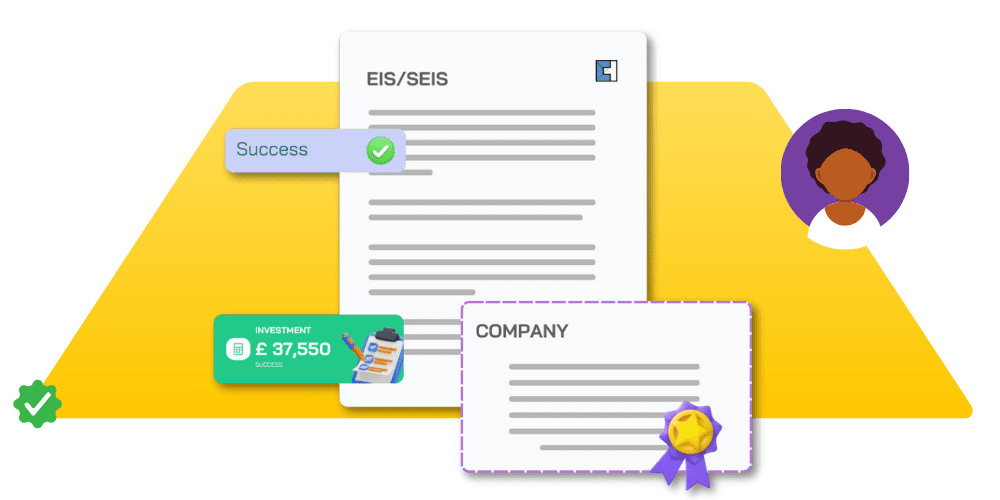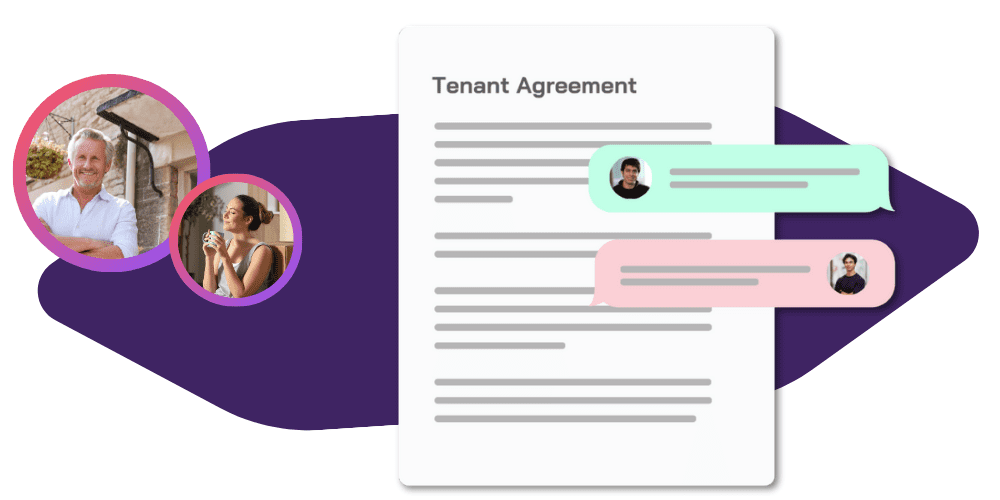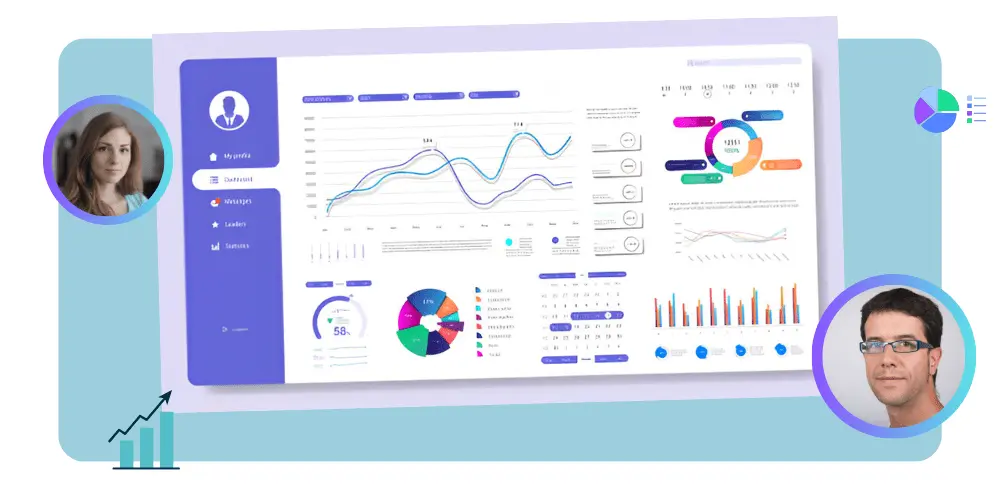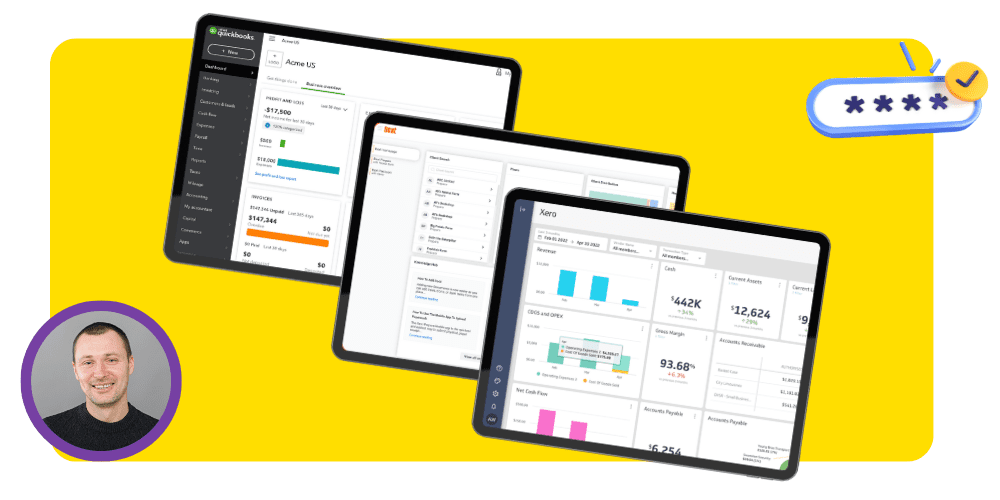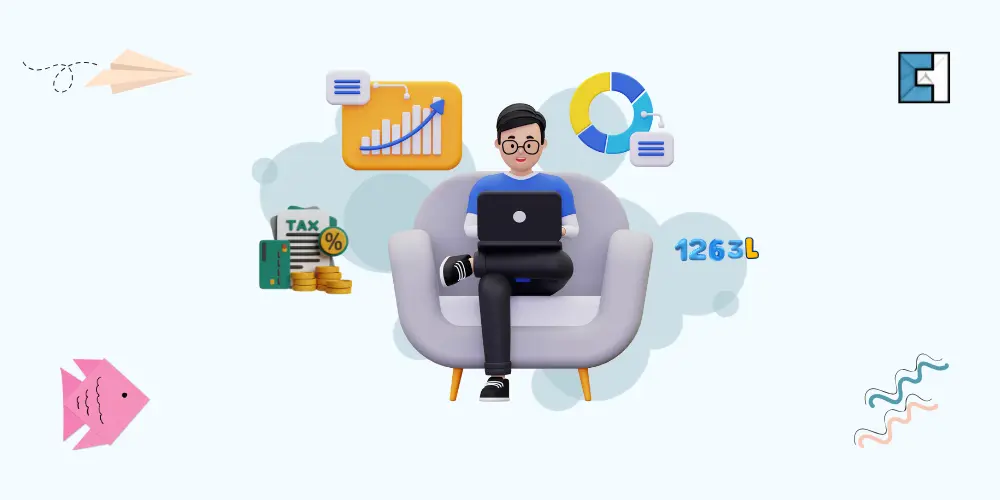According to HMRC, a Director’s Loan is the amount of money you have extracted from the company that is:
- Neither your salary, repayment for expenses or dividend payment
- Not the amount of money that you extracted, previously loaned to the company
It might also be the case that the director is financing the company’s operations for a limited period through his own money or might have leased an asset to the company. This can also give rise to the director’s loan amount, but in this case, it is what the company owes to the director.
Director’s Loan Account (DLA)
A director’s loan account (DLA) is an account where a director’s loans are recorded, i.e. both drawn out from the company and the ones given to it by the director. The account will be in credit if the director has given a loan to the company, and it will show a debit balance if the director has drawn a loan from the company.
It isn’t a matter of concern as long as the account stays in credit or at zero balance. However, the debit status, i.e. overdrawn, of the account may be worrisome for other stakeholders.
What flows into your director’s loan account?
You might remember the amount of initial capital you previously paid when you first launched your setting up an LLC. Your Directors Loan Account is where all of the initial capital investment flows in if it’s not share capital. The initial capital can be a personal loan you take out or the savings you wish to provide to the company as initial funding to get the business up and running. It can also be any valuable equipment which the company has purchased from you.
Like paying money into your director loan account, you can also take money out of your director’s loan anytime during the financial year. This can generally include:
1. The personal expenses you incur, such as car fuel and insurance, its repair and maintenance.
2. The health or life insurance payments you have to make
3. Donations you make in your name
4. Small cash withdrawals to meet the cash shortage problem
5. Regular direct debits but not from your pay or assigned dividend amounts
- The Car Expenses you can Claim
- Tax Implications on UK Life Insurance Policies for Non-UK Residents.
How a Director’s Loan is Taken Out?
It might be the case that you, the director, are subjected to a personal expense that’s material in nature. Let’s suppose that it is a car. This can be financed using the company’s cash through the company’s account. The outflow, as it is not your salary or dividend payments, in the company’s books will be recorded as a director’s loan, as long as it’s not a company car being provided by the company.
An important point to note is that you, as a director, cannot take out a director’s loan without the approval of the company’s shareholders. The approval becomes crucial if the loan amount is above the £10,000 mark. You must retain a copy of the shareholders’ approval for your personal record. However, it should be made sure that the company stays clear of any liquidity issues as the amount of the director’s loan gets approved.

Director’s Loan: The Different Types
Director loan accounts come in various types. It depends on whether the money has been withdrawn or added. Let us take a look at these transactions;
Overdrawn Director Loan
There might be instances where an appointed director may provide funding for the company to sponsor its asset purchases and help fulfil its day-to-day business activities. In other cases, the director may extract or borrow money from the company’s account – also known as an ‘overdrawn director’s loan’.
One question of particular interest is ‘how much can a director borrow in a director’s loan?’
There is no restriction from the government on how much a director is allowed to borrow from their company. It is at the discretion of the company. The company might decide on a limit depending on the availability of cash and liquidity.
If you have borrowed an amount equivalent to more than £10,000 and can’t repay the loan within nine months after the financial year-end, then the amount you borrowed will be levied a corporate tax charge, otherwise known as ‘S455 tax’, and will be treated as a benefit in kind by HMRC. This charge is payable at the rate of 32.5%. If you have successfully made the loan repayment, you might be able to claim the corporation tax after informing HMRC about the repayment with evidence.
In-Credit Director Loan
The amount of money that the limited company owes will be considered a loan. You have the right to withdraw this money whenever you want, plus this is the tax-free money you can withdraw. There is no tax because the money you withdraw is actually treated as a loan repayment by the limited company. Usually, the director invests to support the company financially or to cover expenses like a business trip.

Unpaid Director Loan
Sometimes, the company lends money to the director as a deemed dividend. The tax applied on this loan is considered under income tax assessment. When the company decides to write -off the loan taken by the director, the money taken is regarded as the amount of share or profit in the company by the director.
To write off a director’s loan account, a company might have to face significant tax outflows. The repayment of the loan, understandably, is considered the most feasible option. By writing off the director’s loan, its status will change from debt to income thus giving rise to income tax. Both the director and the company might also be liable to pay the Class 1 NIC. Therefore, it is imperative to understand the tax and accounting implications of a director’s loan.
The nature of the arrangement and the expenses involved should be considered in-depth to get a director’s loan to the company written off. This might cause concern among the shareholders and can expose the company to cash flow problems. Also, for the company, the write-off cannot be treated as a tax-deductible expense.
Accidental Loan
The mistake in managing accounts would lead to misinformation about the profit. In this case, the director will accidentally get more shares from the profit. This amount taken by the director will be considered a director’s loan. For the profit was not gained, and the money was taken unintentionally.
Let us explain, as it is a known fact that directors prefer to get paid through dividends for tax purposes. It might be possible that a false profit is reported due to an error in the accounting records for the year and this might lead to an announcement of dividends where none should have been announced.
This incorrect dividend will then be rescinded and recorded as a loan drawn out by the director. This might also cause the stakeholders to panic, as such an error on the part of your accountants might be considered material in nature. Special importance should be given to ensuring accurate bookkeeping.
Things To Be Taken care of while drawing Loans
When a director seeks funds from the company, he becomes the debtor of the company and might have to pay tax on the overdrawn accounts.
When maintaining a Director Loan Account (DLA), you need to ensure that as a director, you are liable to record every transaction when withdrawing cash from the company’s account.
Suppose you think you don’t have enough time to manage your finances and taxes. In that case, you can always hire or speak to a tax accountant to help you maintain an accurate record of your daily business transactions to get a better track of your expenses and taxes due.
Recording every single transaction and not missing out on a single one can help you during an inquiry by HMRC. We emphasise record keeping to ensure compliance and let you identify the company as a separate legal entity with responsibilities and statutory requirements apart from your individuality. Other things to be taken care of are:
- The money should be borrowed in a grave emergency.
- Money taken must be paid back within nine months and one day of the company year-end.
- Money should not be borrowed frequently.
- Try to borrow money where the amount is less than £10,000.
- The accounting and bookkeeping system must be robust and accurate.
- Before taking another loan, follow the time of 30 days. Otherwise, bed and breakfast rules will apply.
- Money borrowed for more than £10,000 will be treated as ‘Benefit-In-Kind’. And income tax and NI will be applied. The company will also have to issue a P11-D
- In the case of both money lent and borrowed, the tax applied would be aligned with tax policy.
Tax on a Director’s Loan
Corporation tax on overdrawn directors’ loan accounts is charged at a rate of 32.5% if the loan account stays overdrawn for 9 months and one day after the company’s year-end. The director should repay a director’s loan back in time in order to save tax and the company from any potential cash flow problems.
There is a way to reclaim the corporation tax paid on an overdrawn director’s loan account. The amount can be reclaimed nine months after the end of the accounting period in which the director repaid his/her loan to the company. The lengthy procedure involves months to reclaim the tax on an overdrawn director’s loan account. A deadline of nine months is set for companies to pay their corporation tax once the accounting year ends. The period within 9 months of your company’s year-end can be utilised to schedule the director’s loan repayment in order to save the extra tax expense and the ensuing reclaim.
Corporation Tax
Corporation tax becomes applicable when you borrow more than £10,000 within a corporation tax accounting period of the company. The corporation tax is charged at 32.5% of the original amount, 25% in case the loan was taken before 6 April 2016. However, you can reclaim it after the entire loan has been repaid. However, you need to keep in mind that reclaim can only be made against the tax paid and not the interest charged.
Reclaiming Corporation Tax within 2 Years
You should use the form CT600A to prepare the company’s tax return if the corporation tax is being reclaimed within two years of the date when the loan was drawn.
An L2P form should be used for the tax return filing if either:
- the loan and the tax return both belong to a different accounting period
- the tax return is being amended in writing
Reclaiming Corporation Tax after 2 Years
Delays can be as long as two years, given the complexity of operations and other deadlines to meet. If you are reclaiming your director’s loan corporation tax after two years or more (counting from the end of the accounting period in which the loan was drawn), a completed L2P form should be filed along with the company tax returns or can be posted separately.
The repayment by HMRC can be made:
- either by using the company details provided in the latest tax return or
- through cheque (sent directly to the company’s registered address)
Interest on a Director’s Loan
The interest charged on an overdrawn director’s loan account depends on the company from which the director has drawn the loan amount. In the case of a shareholder or director, the company must:
- Treat interest received below the official rate as income
- Recognise the low interest rate as a ‘benefit in kind’
You, being a director, must mention a loan that is above £10,000 on a personal Self-Assessment tax return. Director’s loan account benefit in kind might result in tax calculated at an official rate.
This can lead to the director being taxed for the difference between the company’s rate and the official rate. Furthermore, Class 1 National Insurance (NI) Contribution will also be charged at 13.8% of the total amount of the loan.
Personal Tax
Personal tax is applied on the loan amount written, which is not repaid to the company. In that case, you will be liable to pay a personal tax of 32.5% of the loan amount as directed by HMRC due to it being declared a distribution. However, unlike the corporation tax on overdrawn director’s loans, you will not be able to reclaim the paid tax even if the loan is repaid later.
Repaying a Director’s Loan and Drawing Another One
One might be wondering if it is possible for a director to draw another loan once they have repaid the first one. In terms of a yes or no answer, yes, it is possible, but one has to be mindful of certain unpleasant possibilities. First of all, there has to be a 30-day gap between the repayment of the first and the withdrawal of the second loan.
Secondly, repayment of one loan just before the 9-month deadline for the company’s corporation tax and then drawing another loan can be seen as tax avoidance by HMRC. Although it is allowed to withdraw the next loan after a 30-day gap, this shouldn’t be made into a habit, as HMRC can still flag it as tax avoidance. The director’s loan should be more like a one-off arrangement under special circumstances rather than a second option for additional cash. This technique is known as Bed and Breakfasting.
To avoid this, HMRC put forth the following conditions,
Can a Director Lend Money to His Company?
A director can lend money to the company. There’s nothing against the regulations in this arrangement. The terms and conditions of the director’s loan to the company can be decided by the concerned parties. The director might charge interest on the loan based on the agreement. However, it should be noted that any interest earnings will be treated as income for tax purposes and should be reported to the HMRC through a self-assessment tax return. For the company, the interest payment will be a tax-deductible expense, and the loan amount will be free from corporation tax implications.
Disclosures regarding a DLA
According to FRS 102, in case of a transaction between two related parties, the minimum disclosures should contain:
- The amount of the transaction
- The outstanding balances
- The nature of the transaction
- Provisions for uncollectible receivables related to the amount of outstanding balances and
- The expense recognised during the period in respect of bad debts.
According to section 413 of the Companies Act 2006, companies are required to disclose:
- the amount of loan
- the interest rate set
- main conditions outlining the arrangement
- any repaid amounts
- If any amounts are written off
- any amounts waived
Clearing different Director Loan Accounts
Suppose you owe loan money to your limited company. In that case, as mentioned earlier, you can reduce your debt burden within nine months by letting the company declare a dividend credited against this loan account instead of an actual payment to the director. In this scenario, a director should also be a shareholder.
Tax-efficient solution
If the amount of company money or company credit card interest charged on director’s loan you owe is less than £2,000, and you have no other source of dividend income, it is advisable for the company to declare a dividend and write off the Director’s Loan debt as the dividend paid. This is because the first £2,000 of your dividend income is tax-free (charged at 0% tax), and will have the company avoid S.455 tax charge, which is applicable when your director’s loan account is overdrawn.
For Basic rate taxpayer – £10,000 and above
A dividend above £10,000 will only be taxed at 7.5% if the director’s income falls within the basic rate band to fulfil the remaining dividend. However, the company can reclaim this corporate charge if you can cover your debt within the specified period.
Let us explain the above with an example. Let’s suppose Kelly is a private limited company’s only director and shareholder. The company prepares its annual accounts on 30th October each year. The company salary is her only source of income, which equals £25,000 per annum. Now, on 30th October 2019, Kelly discovered that she owes about £16,000 to the Director’s Loan Account (DLA).
If she wants to clear her debt without the company paying a corporate charge, she must repay her loan by 1st August 2020. Kelly declares a dividend of £16,000 to clear her DLA on 1st July 2020. As she has declared within the nine-month period, no corporate charge will be due. We have also assumed that Kelly is a basic rate taxpayer and has no additional dividend income sources. After taking out the first £2,000 free of tax, the remaining amount will be taxed at 7.5%, which results in a total tax bill of £1,050, which Kelly isn’t liable to pay until 31st January 2021. If Kelly’s DLA loan was left overdrawn, she would have been liable to pay a corporate tax charge on 1st August 2020.
For Higher rate taxpayers – £10,000 and above
If the director shareholder falls in the higher or additional tax rate band, a dividend above £10,000 will be taxed at 32.5% and 38.1%, respectively. Therefore, to avoid any shortcomings of DLA, it is advisable to consult your accountants to identify valuable tax relief opportunities.
What Happens to a Director’s Loans Account on Death?
The world is full of possibilities and strange situations. It might be possible for a director with a credit loan account to die. In this case, the loan amount has to be repaid by the company. The loan amount will be a part of the deceased’s estate and will be treated as an asset. It will also be subject to inheritance tax at 40% upon transfer to the next of kin or any other beneficiary.
Conclusion
The director’s loan is no doubt a facility in situations of crisis for both the company and the director, but it should be termed as the last option, considered only if all other options have already been exhausted.
To save the additional tax, the overdrawn director’s loan account must be cleared before the 9-month corporation tax deadline ends. This will also save you the time to reclaim the corporation tax paid and months of wait.
The interest paid or charged on an overdrawn director’s loan account is exclusive to the understanding of the parties involved. While writing off the director’s loan, the company should carefully deliberate upon available options, as it can be expensive to write off the director’s loan account.
There are some grey areas and tricky questions regarding a director’s loan account, such as ‘What happens to a director’s loan account on death?’ or ‘What is a director’s loan in a limited company?’ Therefore, it is very important to devise a well-researched layout to tackle such complexities, similar to the considerations when loaning money to your own corporation.









